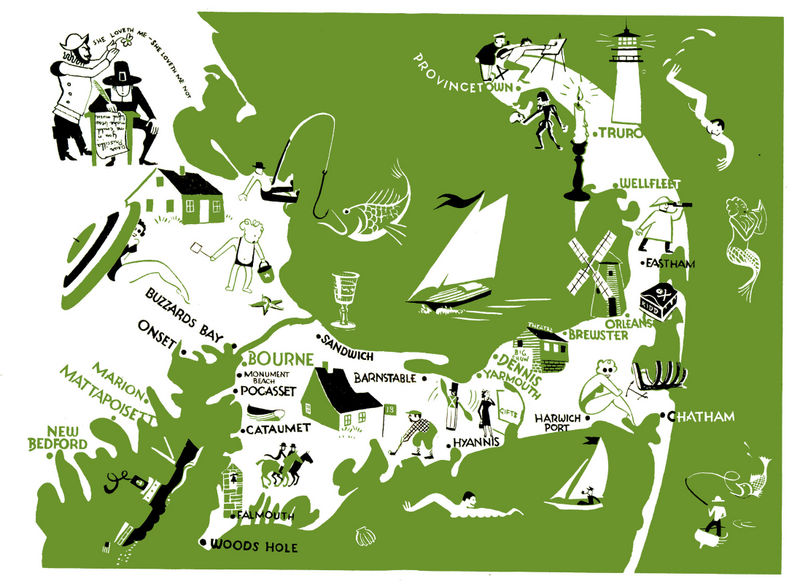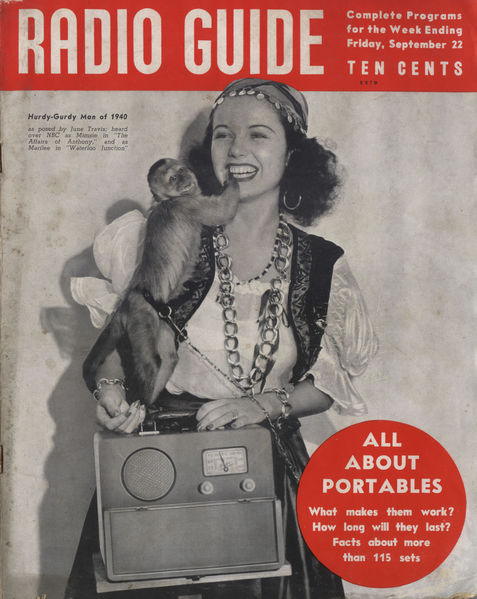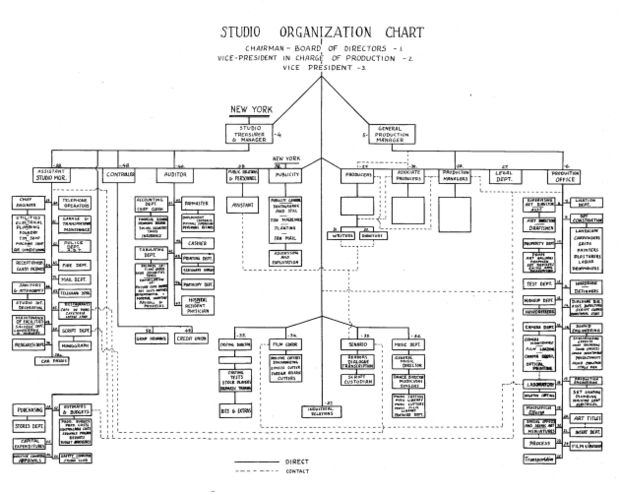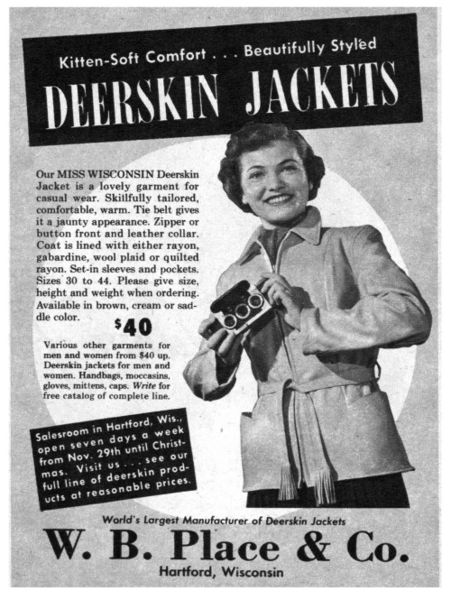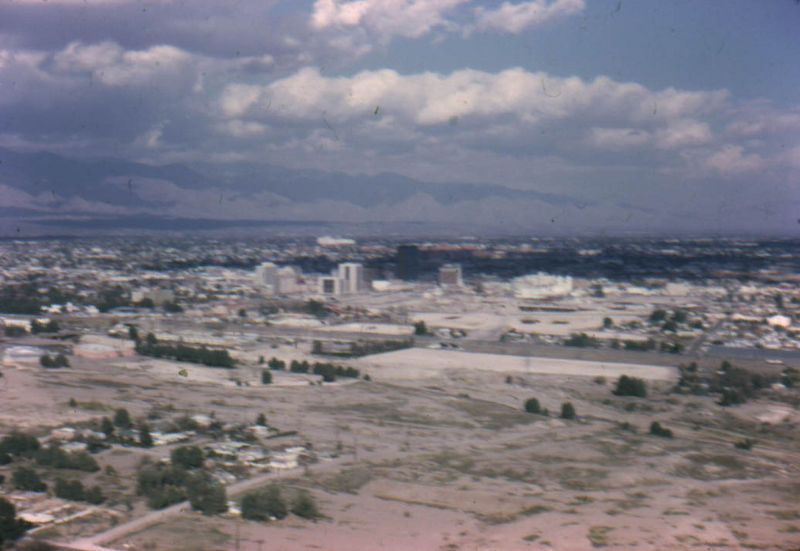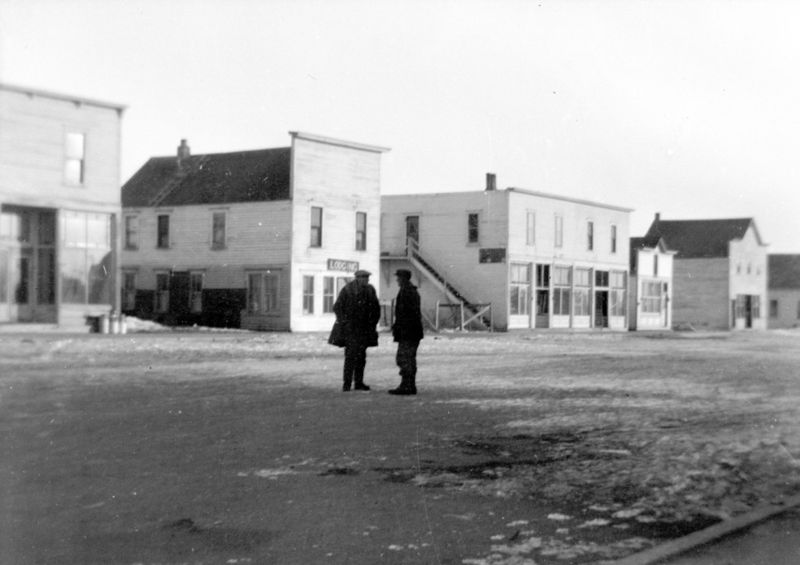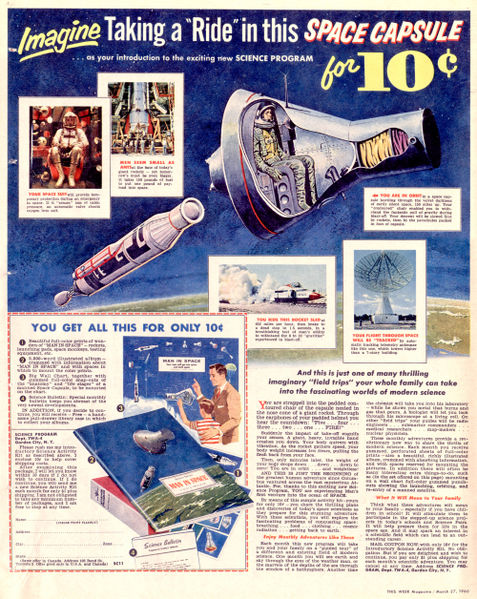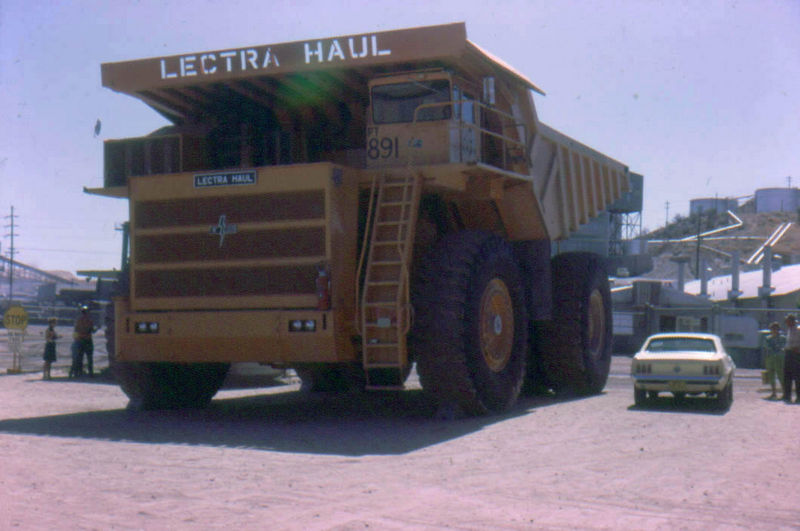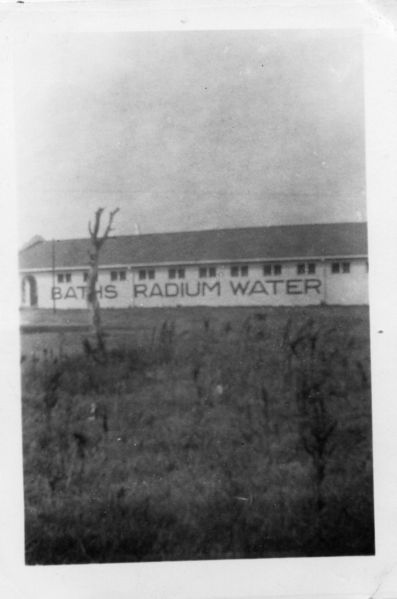 Combining bathing and radium doesn’t strike me as a wise idea: as the name alludes, radium is a highly radioactive element that decomposes into Radon, another not-so-healthful element. Back in the 1920s and 1930s, however, radioactive compounds were seen as quite the opposite: a curative, capable of curing pretty much whatever ails you. Radium was relatively stable (‘relatively’ when it comes to radioactive elements), common enough to be available to quacks everywhere, and just radioactive enough to not cause instant death. On top of it all, radium was naturally-occurring, and with the new radiation-detecting apparatuses developed at the beginning of the Atomic Age, people were amazed to find out just how much radiation existed around them. They began looking for hot-spots, and soon discovered that some of the natural mineral baths made a Geiger counter sound like a flamenco tapdancer.
Combining bathing and radium doesn’t strike me as a wise idea: as the name alludes, radium is a highly radioactive element that decomposes into Radon, another not-so-healthful element. Back in the 1920s and 1930s, however, radioactive compounds were seen as quite the opposite: a curative, capable of curing pretty much whatever ails you. Radium was relatively stable (‘relatively’ when it comes to radioactive elements), common enough to be available to quacks everywhere, and just radioactive enough to not cause instant death. On top of it all, radium was naturally-occurring, and with the new radiation-detecting apparatuses developed at the beginning of the Atomic Age, people were amazed to find out just how much radiation existed around them. They began looking for hot-spots, and soon discovered that some of the natural mineral baths made a Geiger counter sound like a flamenco tapdancer.
So, if you were interested in going to the spa, you might pass up on the average, non-radioactive hot-water mineral spa and visit a radium spa like the one on the right…while it wasn’t immediately deadly to casual users, the already-ill tended to continue to get sicker, so they used more radium-laced products, and got sicker, so they got more radium…you get the idea. Just going home wasn’t necessarily going to get you away from radium – if you couldn’t make it to the spa, you could irradiate your own water at home, or buy the stuff pre-packaged. All of these photos are slightly blurry — it makes me wonder just how much was the photographer, and how much was the proximity to radiation. That dead, scraggly tree in the foreground should have been a clue.
